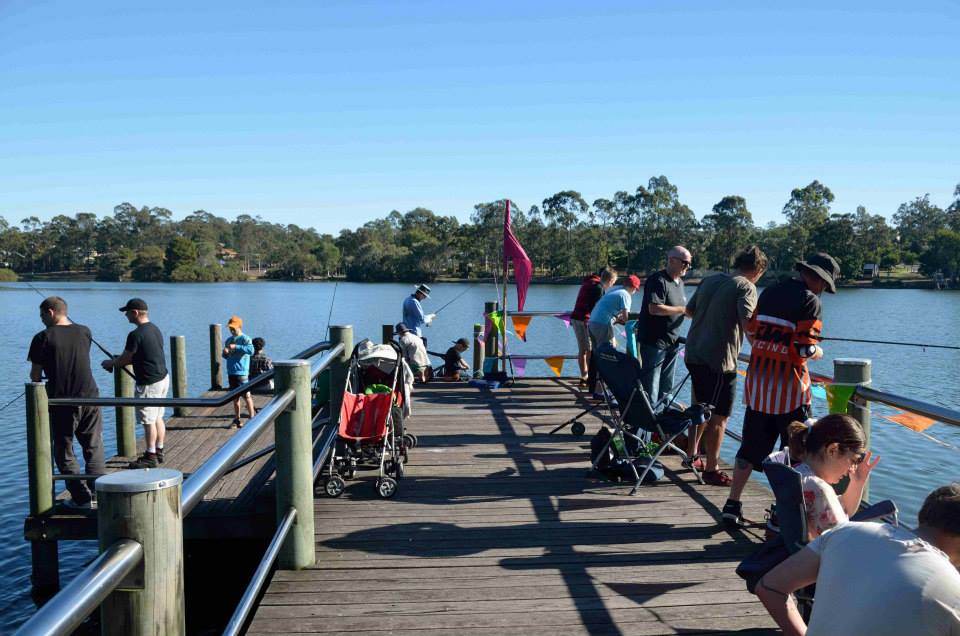Original story by Dr Ben Diggles at Fishing World
ONE of the scourges of our tropical freshwater rivers, the Mozambique Tilapia (Oreochromis mossambicus, also known as the Mozambique mouth-brooder) was introduced into Australia in the 1960s as an ornamental fish.
 After being released into the wild (eventually most types of ornamental fish get released at some stage), O. mossambicus and two other species of closely related cichlids (the black mangrove cichlid Tilapia mariae and the redbelly tilapia (Tilapia zilii) have survived and established populations which have since spread into many new places, such that today they dominate many of Queenslands waterways.
After being released into the wild (eventually most types of ornamental fish get released at some stage), O. mossambicus and two other species of closely related cichlids (the black mangrove cichlid Tilapia mariae and the redbelly tilapia (Tilapia zilii) have survived and established populations which have since spread into many new places, such that today they dominate many of Queenslands waterways.
These species have been listed in the top 100 of the world’s worst introduced species and they are regarded as one of the greatest threats to Australia’s native biodiversity, because they have several adaptations that combine to enable them to overwhelm native fish populations.
Firstly, tilapia females carry their eggs and larvae inside their mouths, providing protection which virtually ensures the survival of the next generation. They are also a particularly hardy fish, tolerant of poor water quality, pollution, low oxygen levels (which they tolerate by gulping air at the water surface) and a wide range of water temperatures (8- 42 °C). They can also survive in brackish water, which allows them to move between river systems after river flow events, and have rather flexible dietary requirements. When their favoured algae, animal waste and planktonic food items are scarce, they can readily adapt to alternative food sources, ranging from completely herbivorous to totally carnivorous (including cannibalism). Continue reading »









